Education
Recent
Presentation: K-12 Funding Update for the Legislative Gateway Caucus
On March 27, 2024, Deputy Policy Director Colin Jones presented to the Legislative Gateway Caucus. He provided a briefing on K-12 funding and policy, including ...
Read More →
Presentation: Budget Update – Funding for Brockton Public Schools
On Feb 29, 2024, Deputy Policy Director Colin Jones presented to Brockton community members, sharing vital information on the state budget process and specific data ...
Read More →
Family Child Care Programs: A Primer
Family child care (FCC) programs are a vital piece of the early education and care sector in Massachusetts that disproportionately support the Commonwealth’s highest need ...
Read More →
ALL EDUCATION REPORTS
The American Rescue Plan Act and Federal Relief Funds for K-12 Schools in Massachusetts
K-12 Schools During the COVID Crisis Each day, Massachusetts schools continue to persevere through the challenges of the COVID pandemic to teach our young people. ...
Read More →
Testimony to the Joint Ways and Means Committees on Using Federal ARPA Funds to Invest in Public Higher Education
October 1, 2021 Chairman Rodrigues, Chairman Michelwitz, and distinguished members of the Joint Committee on Ways and Means: Thank you for the opportunity to testify ...
Read More →
The Higher Education Emergency Relief Fund (HEERF) Explained
Public Higher Education and COVID-19 With the correct supports in place, public higher education has the power to open up countless opportunities for low-income students ...
Read More →
Envisioning Equity: Federal Relief Funds for K-12 Schools in Massachusetts
Interested in learning what American Rescue Plan Act funds mean for the Commonwealth's K-12 public schools? Watch the full briefing and Q&A discussing how these ...
Read More →
SUMMARY – The Cost of Universal, Affordable, High-Quality Early Care & Education Across Massachusetts
Massachusetts families depend on early care & education (ECE) to promote healthy child development and so parents can go to work knowing their children are ...
Read More →
Care for Our Commonwealth: The Cost of Universal, Affordable, High-Quality Early Care & Education Across Massachusetts
Early Care and Education is Critical for Families Across the Commonwealth, while adults work to provide for their families, they depend on reliable and nurturing ...
Read More →
Choosing Equity: Options for Affordable Public Higher Education in Massachusetts
This page presents a preview excerpt that explains the problem in public higher education. Click here to view the full report.
Read More →
Bruised Budgets: A Higher Education Funding History Lesson For An Antiracist Future
A well-funded public higher education system has the power to open up countless opportunities for low-income students and families of all races and backgrounds. For ...
Read More →
Bringing in the Relief Part II: The Census Counts for Equity
More than $3.3 billion in CARES Act funding comes to our Massachusetts communities based on population estimates from the census. Learn how the Commonwealth can ...
Read More →
Municipal Budgets, Local Aid, and Property Taxes Amid COVID-19
Phineas Baxandall
June 30, 2020
Budget Resources COVID-19 Education Housing Jobs & the Economy Taxes
As a result of the pandemic, municipalities face increased spending needs and declining revenues. Many have the ability to raise property taxes, though others are ...
Read More →
Road to Recovery: How to Safely Reopen Early Education in Massachusetts
As the Commonwealth's early education and care sector reopens, many providers are at risk of closing permanently unless there is a significant new source of ...
Read More →
Statement on Reopening the Commonwealth
Marie-Frances Rivera
May 18, 2020
COVID-19 Education Health Jobs & the Economy Kids Press Release Taxes
Read the full statement by Marie-Frances Rivera, president of the Massachusetts Budget and Policy Center (MassBudget), in response to the Governor's Reopening Massachusetts plan amid ...
Read More →
FAQ: Status of the Mass. Early Education Sector During and Beyond the Coronavirus Outbreak
Introduction Quality early education and care (EEC) is not only critical for helping young children to learn and grow, it’s also vital to our economy ...
Read More →
Federal Student Loan Debt Relief Significant, but Insufficient
A college degree is an important first step for many to pursue their dreams. Unfortunately, this dream is increasingly out of reach for many students ...
Read More →
That’s A Relief Part I: Federal Fiscal Relief to Massachusetts in Recently-Passed Legislation
Learn what federal relief though the CARES Act, the Coronavirus Relief Fund, and other recently passed legislation means for the Commonwealth during the public health ...
Read More →






